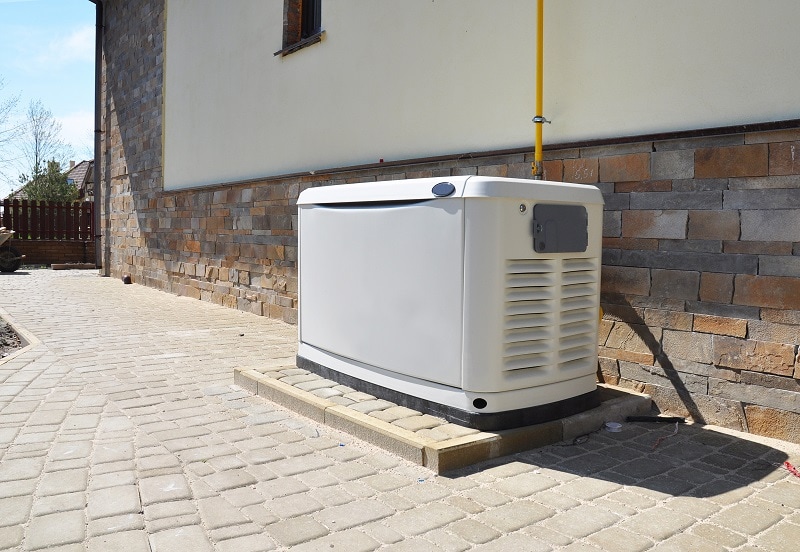Dealing with the effects of harsh weather is something you have to do as a homeowner. When severe storms move into your area, you have to make sure you are adequately prepared. If the storms are particularly severe, they may knock out your power. This will not be an issue if you have a generator in place. There are a number of precautions that should be taken when running a generator and here are some of them.
Be Mindful of How Far Away the Generator is From Your Home
When attempting to run a generator safely, you should give some thought to how close it is to your home. The biggest risk associated with running a generator too close to a home is carbon monoxide poisoning. The fumes these machines produce while running can be dangerous, which is why placing the generator away from your home is important. Some homeowners think they can run their generator in their garage with the doors open, but this is also very dangerous. While hooking up your generator far away from your home may be time-consuming, it is well worth the aggravation due to the dangers it can help you prevent.
Avoid Backfeeding Power to Your Home
While you will find a number of YouTube videos about how to backfeed energy to your home from a generator, you should avoid doing this at all costs. Using a dual male extension to backfeed energy is not only illegal, it is very dangerous. If the main reason you want to do this is to avoid using an endless array of extension cords, then your best bet will be buying a transfer switch. Once you have the transfer switch in hand, hire an electrician to install it to avoid problems.
Let Your Generator Cool Down Before Adding More Gas
The fuel tanks found on most generators gravity feed the gas put in them to the unit’s carburetor. If the generator is hot, you should avoid adding fuel to it due to the dangers that exist. A hot generator engine is like a powder keg and all it needs to ignite is just a little bit of gas spilled during the refueling process. The best way to avoid this danger is by waiting for your generator to cool down before filling it up.
Run the Generator on a Level Surface
The next thing to consider when trying to run a generator safely is putting it on a level surface. Most of the generators on the market have a splash lubrication system. This system has crankshaft dippers that pick up the oil in a generator and splashes it on moving parts. Generally, these systems will only work when the generator is put on a level surface.
Speaking to knowledgeable professionals is a great way to find out what to avoid when running a generator. Neglecting to do your homework before turning your generator on can lead to a variety of problems.
